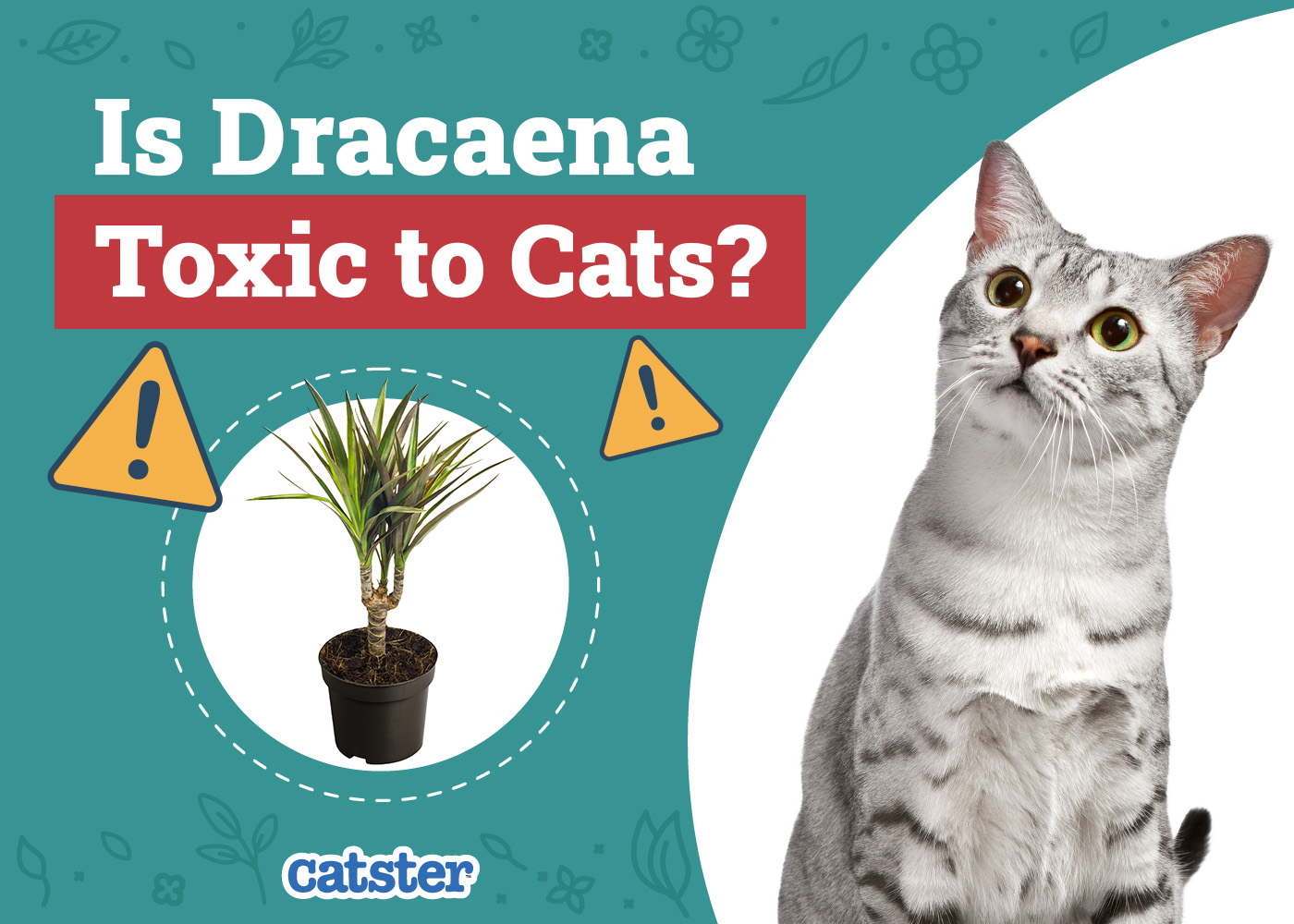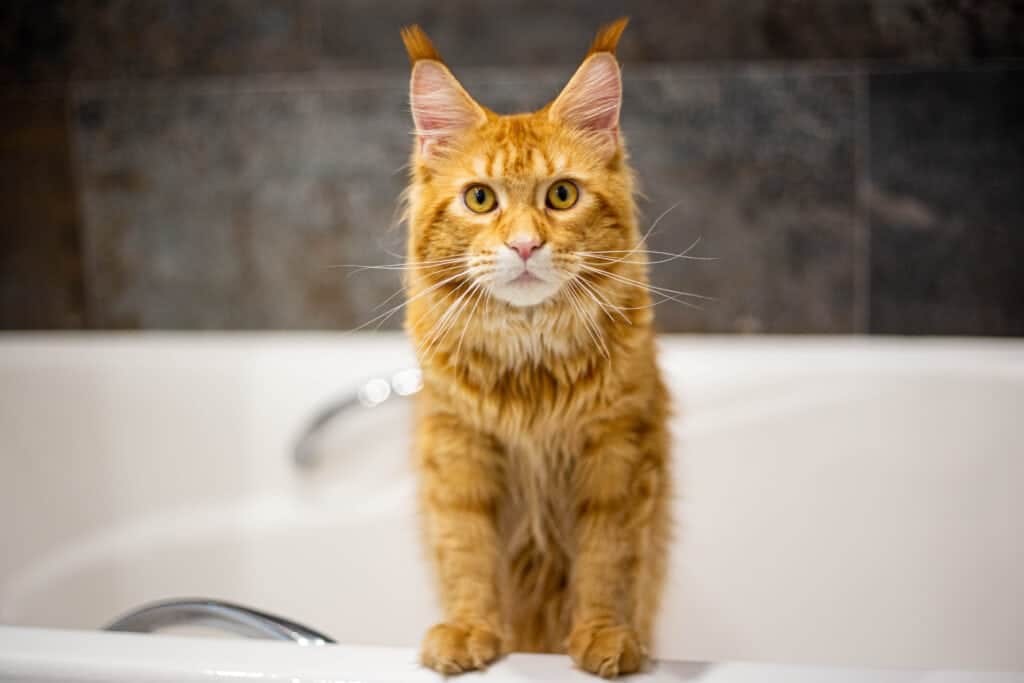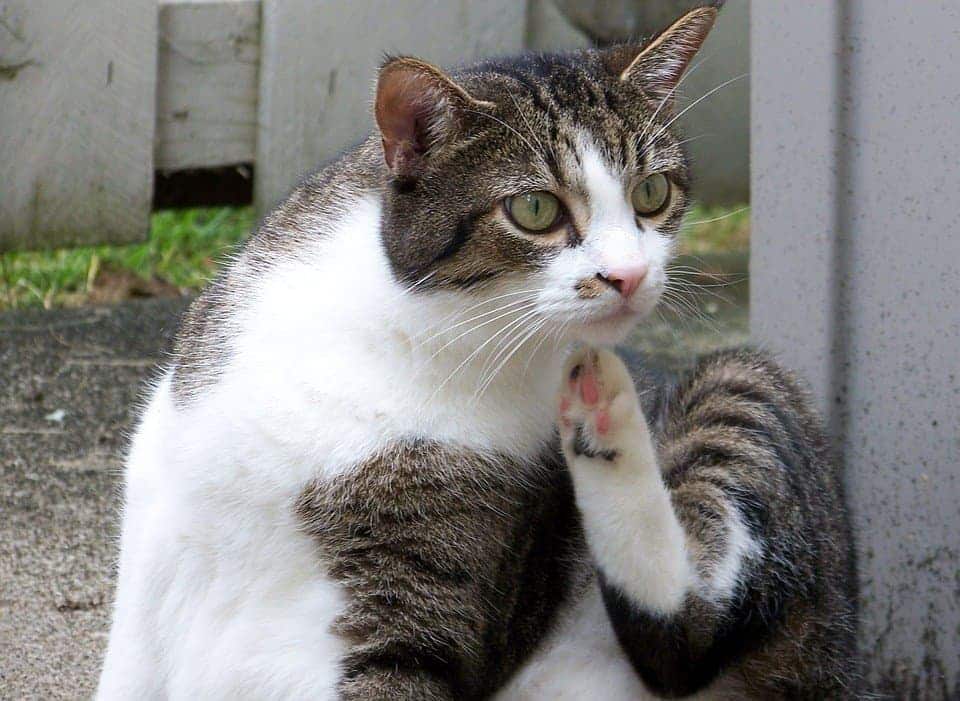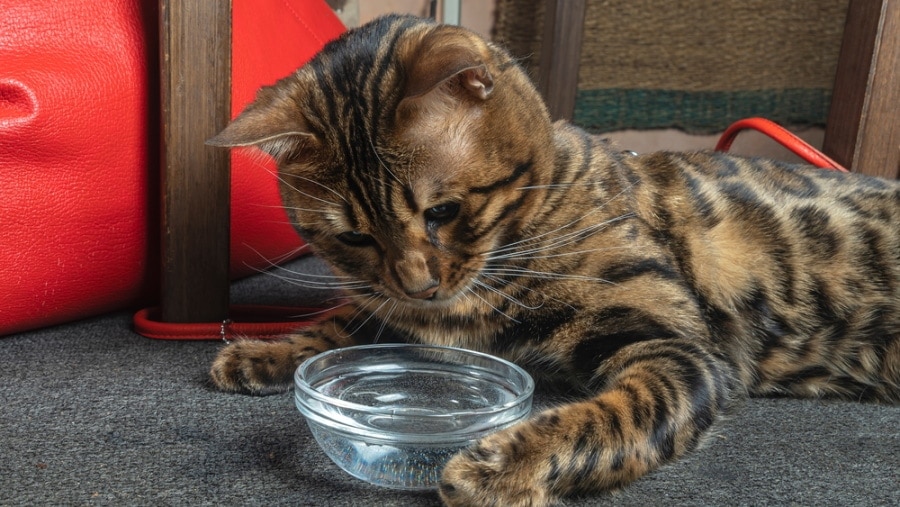Having live houseplants adds a nice touch to your home and helps to keep your air clean, but our feline companions do enjoy playing with leaves and flowers. While many plants are safe, some common houseplants, like dracaena, are toxic to cats.
Dracaena has 37 varieties, all of which are toxic to cats, so it’s best to avoid them altogether.

About Dracaena Plants
Dracaena plants are popular plants for indoor and outdoor use. They come from Madagascar and other islands in the Indian Ocean. With the right care, dracaena plants can grow slender, palm-like leaves that grow 10 or 20 feet.
Homeowners tend to love dracaena because they’re hardy and easy to care for. They can subsist in different light levels and purify the air, helping to filter out pollutants.
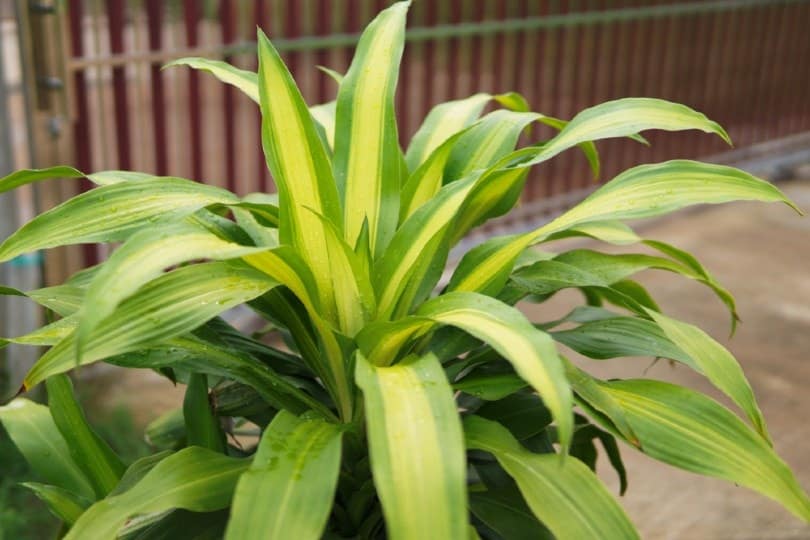
Is Dracaena Toxic to Cats?
Yes, dracaena plants are toxic to cats and other pets. They have a chemical compound in their leaves called saponin, part of a large family of toxic compounds.
- Diarrhea
- Vomiting
- Loss of appetite
- Dilated pupils
- Increased heart rate
- Weakness
- Drooling
- Depression
- Dehydration
In most cases, owners don’t realize their cats ate dracaena until they see symptoms. If that happens, contact your vet’s office or clinic immediately. These symptoms can quickly lead to severe dehydration and complications. It’s best to avoid keeping dracaena plants in your home. If you must, keep them out of reach or in a separate room that your cat can’t access.
If you need to speak with a vet but can't get to one, head over to PangoVet. It's an online service where you can talk to a vet online and get the advice you need for your pet — all at an affordable price!
- Dracaena fragrans: This plant has strap-like levels that form a fountain-like shape with a thick, woody stem. As a potted plant, Dracaena fragrans can grow up to 6 feet.
- Dracaena deremensis: This plant is widely cultivated and may be grown in pots or outdoors in favorable conditions. In pots, it can grow around 10 feet.
- Dracaena marginata: Also known as dragon tree, this plant has thin, grass-like leaves that grow in a fountain shape.
- Dracaena sanderiana: Also known as lucky bamboo, this plant is a novelty that can grow between a few inches or several feet in height, depending on its care. It can be trained to have curled stems by manipulating the direction of sunlight
These are just the most common types of dracaena that are sold as houseplants or garden plants, but there are plenty more varieties.
- Cordyline australis: Also known as the cabbage palm, this plant is not officially in the Dracaena genus, but it’s typically sold as one. It is also toxic to cats as it contains saponins.
- Cordyline fruticosa: Also known as the ti tree or ti plant, this plant is a palm-like dracaena with thick, strappy leaves that grow in a fountain-lie arrangement. Despite the similarities, this plant is not officially in the Dracaena genus, but it does contain saponins.

Conclusion
Many houseplants are perfectly safe for your cat, but unfortunately, dracaena isn’t one of them. It’s best to avoid keeping dracaena in your home or garden or at least keep them out of reach of your cat. If your cat does ingest some dracaena, err on the side of caution and get in contact with your vet immediately.
Featured Image Credit: webentwicklerin, Pixabay

